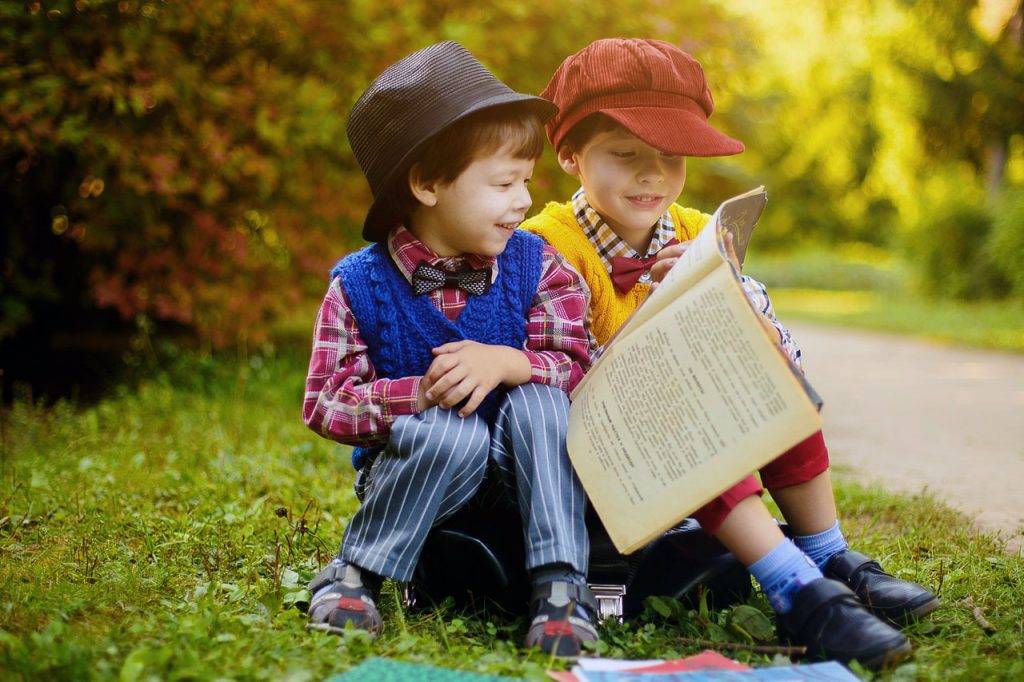Is your child’s reading below grade level? If so, it could be a reading fluency problem.
If a child has some kind of visual dysfunction, it can hinder their academic performance and affect their reading fluency.
Children who struggle with reading fluency are often intelligent and bright, but somehow they have difficulty reading.
If your child avoids reading or is not reading to their potential, contact an eye doctor near you, as they may have an undetected visual problem.
SEE RELATED: How Does Vision Therapy Boost Self Confidence?
What is reading fluency?
Reading fluency is the ability to read quickly, accurately, clearly and with expression. Children must be able to read fluently, whether aloud or quietly to themselves, in order to comprehend what they read. While reading aloud, the words should sound natural, with proper intonation.
Reading fluency is an essential classroom skill as it connects the child’s word recognition to their comprehension.
Reading fluency gives students the opportunity to concentrate on the meaning of text and to draw correlations between what they are reading and their own prior knowledge. Reading fluency enables students to develop an accurate comprehension.
Non-fluent readers read slowly and sound choppy. They spend more time decoding, so they have less time and energy to understand what they are reading. Oftentimes, they have to read the same passage many times in order to comprehend it.
Reading fluency and vision
Reading fluency is dependent on the strength of visual skills such as convergence, binocular vision, accommodation, visual fixation and saccades.
A deficiency in any of these crucial visual skills can lead to reading problems, which can have a negative effect on a child’s ability to learn.
Which visual skills are necessary for reading?
- Convergence – the ability of the eyes to retain a single image by turning inward, while at the same time focusing on a near object, such as a book or computer screen.
- Binocular fusion – the ability of the brain to create a single image using distinct visual information received from each eye.
- Accommodation – the ability of the eyes to switch focus between two distances while maintaining clear vision.
- Visual fixation – the ability of the eyes to accurately focus on a target image, such as a word on a page.
- Saccades – rapid eye movements across two or more focus points, such as when reading a sentence across a page or moving from one word to the next.
Could my child have a vision problem?
As children may not be able to verbally express themselves it can be difficult to identify a vision problem.
Common signs of a vision problem may include:
- Covering one eye
- Behavioral problems
- Frequent blinking
- Excessive fidgeting
- Limited attention span
- Tilting head to one side
- School avoidance
- Reading comprehension difficulties
- Reading below school grade level
- Reading avoidance
If your child shows signs of a visual impairment, it is important to visit an eye doctor near you for a comprehensive evaluation of your child’s vision and visual skills.
Can vision therapy help?
Vision is a learned skill that can be trained and strengthened.
If a vision problem is at the root of your child’s reading difficulty, a vision therapy program can improve your child’s reading grades.
A vision therapy program may help to improve your child’s visual skills and provide them with the necessary tools to succeed in learning and reading.
Each vision therapy program is created to the needs of the individual child, and may include prisms, filters, specialized lenses and eye exercises to help retrain the brain-eye connection and improve visual skills.
LEARN MORE: Guide to Vision and Learning Difficulties
If you think a vision problem may be affecting your child’s reading success, schedule an evaluation with a vision therapy eye doctor who can help strengthen their visual skills to improve reading fluency.


